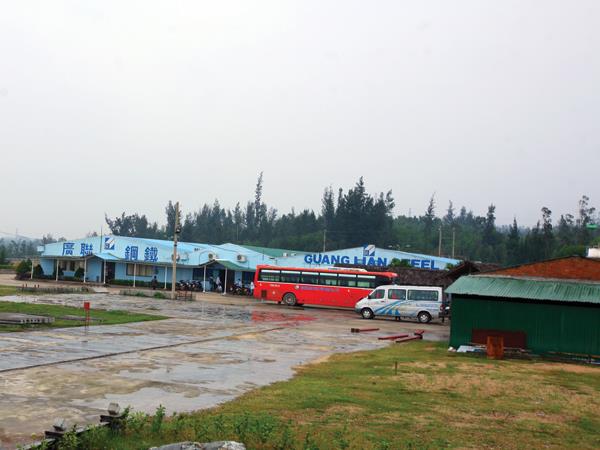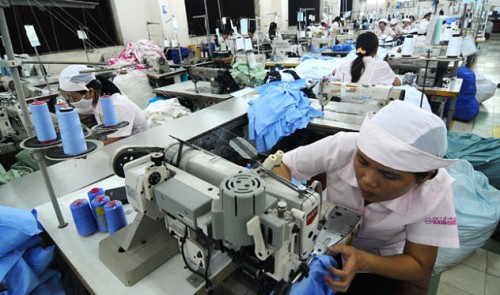Huge FDI projects withdraw from Vietnam and the consequences
Huge FDI projects withdraw from Vietnam and the consequences
Numerous licenses of big foreign-invested (FDI) projects have been revoked, revealing the poor ability of local governments in assessing FDI projects.

Under the plan, the project will be completed in 2016. However, after nine years, the Guang Lian Steel Co. recently announced that it was unable to arrange capital for this project.
Similarly, in May 2007, the Vietnam Steel Corporation and the Vietnam Cement Corporation signed a memorandum of understanding on the implementation of a $5 billion steel plant in the Vung Ang Economic Zone in Ha Tinh Province with the Tata Steel Group of India.
Although repeatedly confirming its determination to invest in this huge steel project, in 2014 Tata Steel, a subsidiary of the Tata Group, withdrew from this project.
More particularly, in September 2008, the Ca Na - Ninh Thuan steel complex, a joint venture between Vinashin and Lion Group Corporation of Malaysia, was licensed with a total investment of up to $9.8 billion.
This project kicked off in 2008. Vinashin spent VND83 billion (over $4 million) for leveling and site clearance but the project was also abandoned. Binh Thuan province revoked the investment license for the project in 2011.
Explaining the failure of giant projects in Vietnam, Chairman of the FDI Enterprise Association, Mr. Nguyen Mai, said the major reason was that the investors did not have the financial capacity.
"Local authorities were very easy to trust foreign investors. They were dazzled by billion-USD projects so they rushed to licence these projects. They were weak at project assessment so after licensing, they withdrew the licences,” Mai said.
He said since 2006 the licensing of investment projects has been empowered to local governments. Central agencies only give suggestions and the decision is made by local authorities.
Currently there are up to 120-130 agencies and departments in charge of evaluating projects. However, the evaluation capacity of many agencies and departments is poor. Many local project evaluation agencies are unable to consider oil refining or iron and steel projects.
The new Investment Law, which took effect from July 2015, stipulates that investors have to pay a security or a deposit. Previously, FDI investors did not have to pay any security for their registered projects. Therefore, if they fail to carry out projects, they can easily withdraw from them.
In some cases, investors were affected by economic crises so they had to withdraw from projects in Vietnam.
People suffer
Mai said that these incomplete projects have had consequences and problems for provinces and local people. Most of the projects were stopped after site clearance was finished and some were under construction.
For example, to have land for the Guang Lian Steel Project, people of Binh Dong commune, Binh Son district, Quang Ngai province had to hand over 220ha of land, accounting for up to 70% of agricultural land area of the commune.
Many families in Binh Son had to give 100% of their cultivation land to the project. After moving to the resettlement areas, they do not have stable jobs and lack of farming land so their lives are very hard. At the same time, hundreds of hectares of land worth millions of USD of clearance cost are left fallow.
It is simple if the investors withdraw from the projects but it is problematic if the local government revokes projects. In the case of the Guang Lian project, E-United Group claims $50 million from Quang Ngai province if the project is revoked.
Senior economist Le Dang Doanh said that Vietnam has not had any research on the consequences of revoked projects. To deal with this situation, the law must be transparent and strict to curb the easy licensing and the capacity of project appraisal must be improved.
According to incomplete statistics of the FDI Enterprise Association, from 2006-2010, foreign capital committed for steel projects reached a record level of over $40 billion. Of these, the five largest projects registered $30 billion.




















